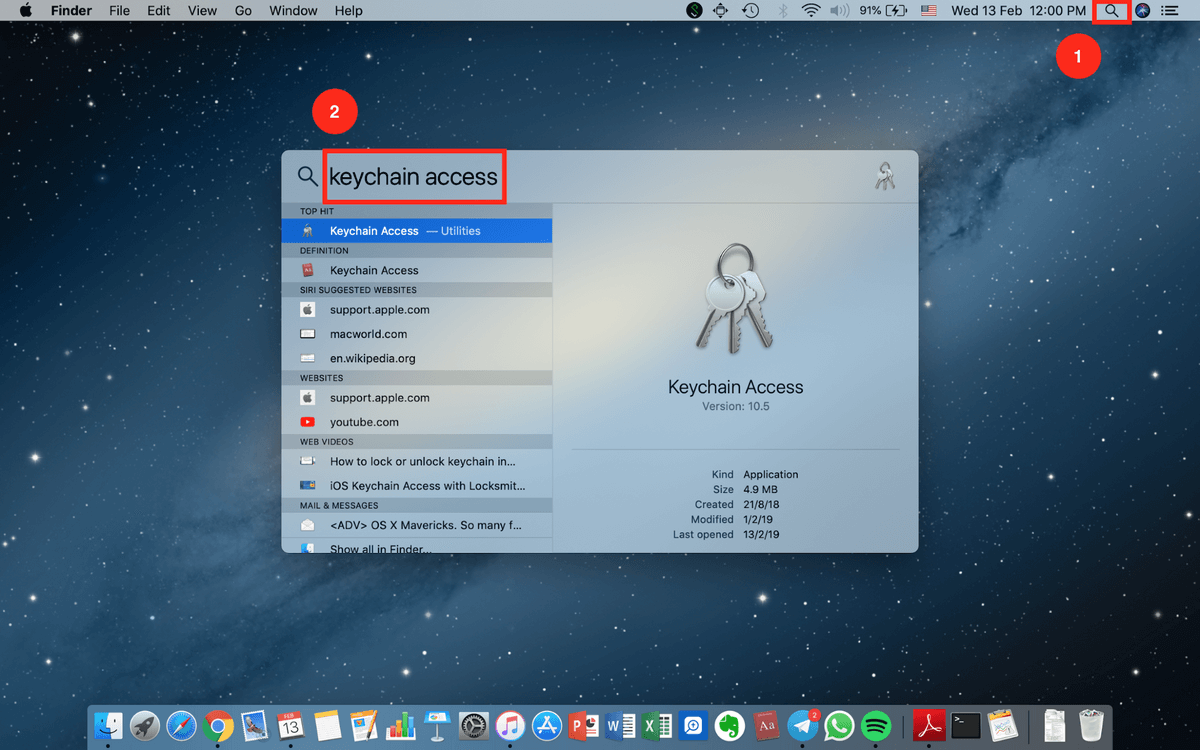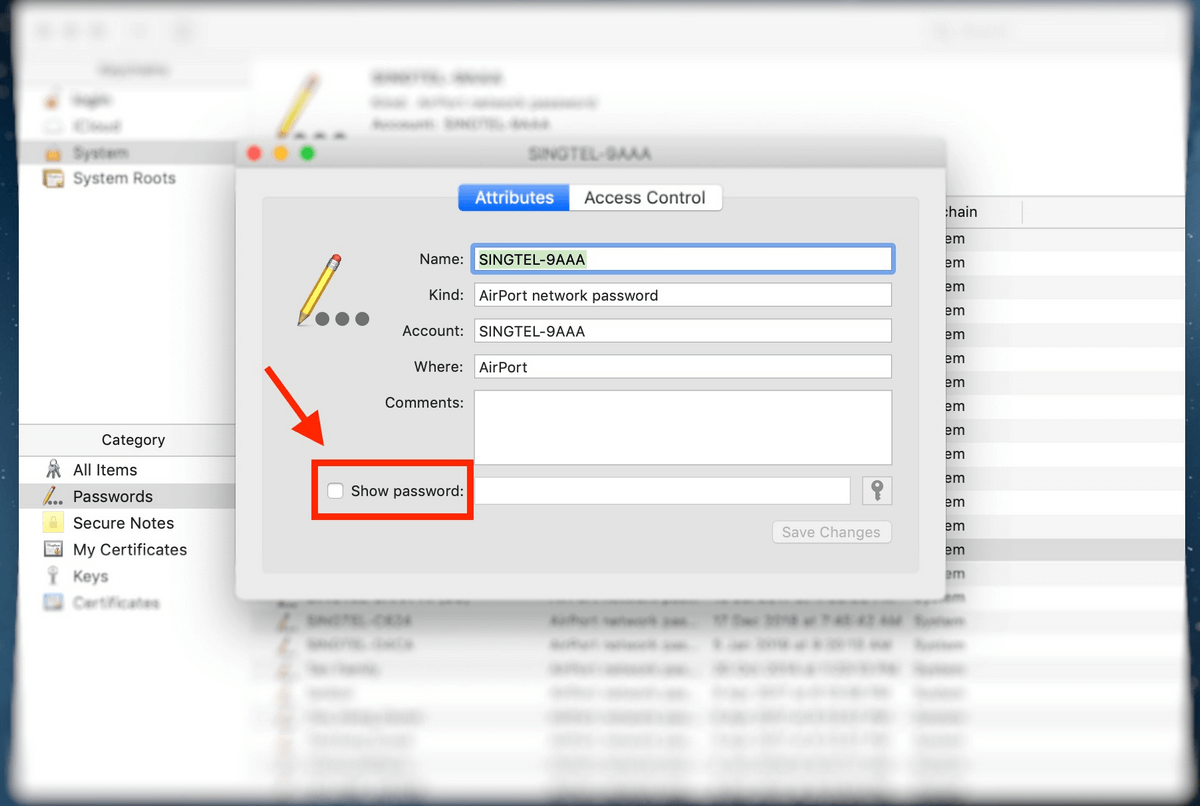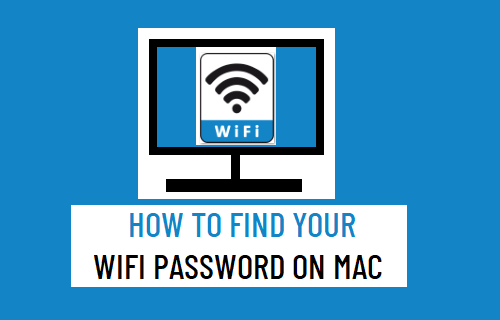
- #Put password for wifi mac mac os x
- #Put password for wifi mac mac
- #Put password for wifi mac windows
In encrypted networks, they will need to sniff and grab a new handshake (which can easily be forced via a deauth attack).
#Put password for wifi mac mac
Simply put, MAC filtering is not something that needs to be "cracked." In open networks, people simply only need to sniff the air and they will be able to see what devices are working, and then they can use one of many, many extremely simple tools to change their MAC address.

In addition to all of these reasons, MAC filtering is also much more of a pain in the butt to upkeep than instituting something like WPA2-PSK. For encrypted wireless, the MAC address is either a part of the initial handshake (used to derive the session key), and/or exposed during pre-encryption communications. In order for wireless to work, MAC addresses are exchanged in plaintext (Regardless of whether you're using WEP, WPA, WPA2, or an OPEN AP). The reason why it's not a part of the 802.11 spec is because it provides no true security (via kerckhoff's principle). Check all the dependencies to make sure they are all running.MAC filtering is not a part of the 802.11 spec, and is instead shoved into wireless routers by (most) vendors. Else right-click the WLAN AutoConfig service, select Properties and go to Dependencies. Here go to the WLAN Autoconfig service and make sure that the status is Running.
#Put password for wifi mac windows
If you are using this technique to retrieve the WiFi password on a Windows computer but getting an error that says - “The Wireless AutoConfig Service (wlansvc) is not running” - here’s a simple fix:Ĭlick the Windows Start button and type “services.msc” in the Run box to access Windows Services. Sudo grep psk= /etc/NetworkManager/system-connections/* If you don’t know the network name, use the following command. Sudo cat /etc/NetworkManager/system-connections/labnol | grep psk= The value of the field psk is your WiFi password. Substitute labnol with the wireless name (SSID) of your network. This trick for getting Wi-Fi passwords works for Linux too. Security find-generic-password -wa labnol Reveal the WiFi Password on Linux At the command line, enter the following command (replace labnol with your WiFi name), then enter your Mac username and password to access the OS X keychain and the Wi-FI network password would be displayed on the screen in plain text. Open Spotlight (Cmd+Space) and type terminal to open the Terminal window.
#Put password for wifi mac mac os x
Your Mac OS X uses Keychain to store the configuration details of the WiFi network and we can use the BSD command “security” to query anything stored inside Keychain, including the Wi-Fi password.

If you do not see the password, probably you’ve not opened the command prompt window as administrator Show the WiFi Password on Mac OS X Netsh wlan show profile name=labnol key=clear | findstr Key If you would only like to see the password and not the other information, use the findstr command: The password will show up under the Security Setting section (see screenshot). Remember to replace labnol with the name of your Wireless SSID (this is the name of the Wi-Fi network that you connect your computer to).

Netsh wlan show profile name=labnol key=clear Now enter the following command and hit enter to see the WiFi password. Type “cmd” in the Run box, right-click the command prompt icon and choose Run as Administrator ( see how). Open the command prompt in administrator mode. The technique works on both Mac and Windows PCs. You would now like to connect a second device, like your mobile phone, to the same WiFi network but how do you find out the password? You can either send a password request the WiFi admin or you can open the command prompt on your computer and retrieve the saved password in one easy step.

Maybe you forgot the password or maybe the network administrator entered it directly without revealing the actual password to you. Your computer is connected to a Wi-Fi network but you do not remember the password that you had earlier used to connect to this particular WiFi network. Published in: Apple Mac - Networking - Password - Wi-Fi


 0 kommentar(er)
0 kommentar(er)
